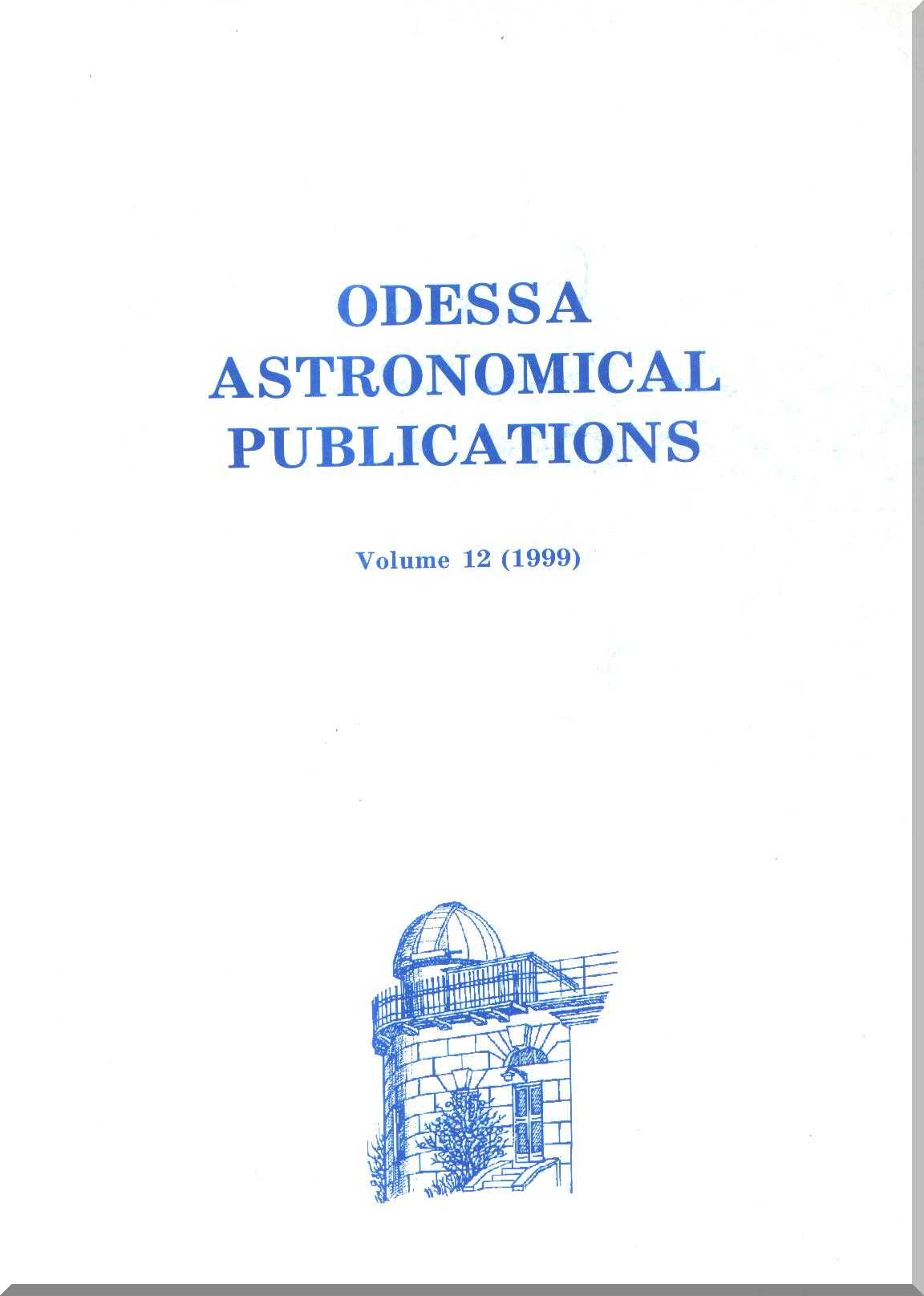THE BIG BANG MODEL: ITS ORIGIN AND DEVELOPMENT
DOI:
https://doi.org/10.18524/1810-4215.1999.12.92996Ключові слова:
History of Astronomy, general relativity, Big Bang.Анотація
The current Big Bang Model had its origin in Einstein's attempt to model a static cosmos, based on his general theory of relativity. Friedmann and Lemaitre, as well as de Sitter, further developed the model to cover other options, including nonstatic behavior. Lemaitre in the 1930s and, particularly, Gamow in 1946 first put physics into the nonstatic model. By 1946 there had been significant developments in the mathematics of the model due to Robertson, Walker, Tolman and many others. The Hubble law had given an essential observational basis for the Big Bang, as did the attribution of cosmic significance to element abundances by Goldschmidt. Following early suggestions by George Gamow, the first attempt to explain nucleosynthesis in a hot, dense, early universe was done by Alpher, Bethe and Gamow in 1948, a paper whose principal importance was that it suggested that the early universe was in fact hot and dense, and that hydrogen and helium and perhaps other light elements were primeval. In that same year Alpher and Herman first predicted a cosmic background radiation at 5 kelvin as an essential feature of the model. The Hubble expansion rate, the primordial and stellar abundances of the elements, and the cosmic microwave background are major pillars today for the Big Bang model.Посилання
---
##submission.downloads##
Опубліковано
2017-02-20
Як цитувати
Alpher, R. A. (2017). THE BIG BANG MODEL: ITS ORIGIN AND DEVELOPMENT. Одеські астрономічні публікації, 12, 10–20. https://doi.org/10.18524/1810-4215.1999.12.92996
Номер
Розділ
Статті
Ліцензія
Авторське право (c) 2017 Odessa Astronomical Publications

Ця робота ліцензується відповідно до Creative Commons Attribution-NonCommercial 4.0 International License.
Відповідно Закону України про авторське право і суміжні права N 3792-XII від 23 грудня 1993 року
